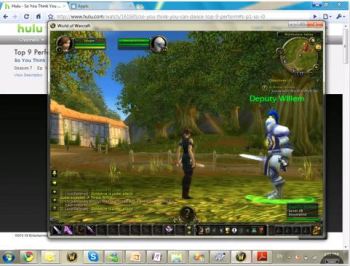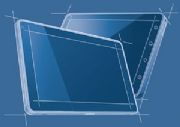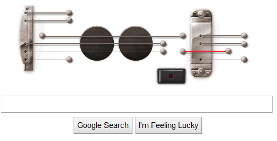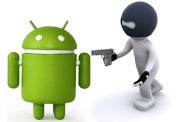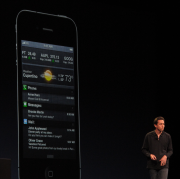It seems as if Apple may be preparing to ditch Samsung for TSMC, as Cupertino will likely tap the latter company to build its next-gen A6 SoC in 2012.
As Chris Foresman of Ars Technica points out, Samsung is currently producing Apple A5 processors on a 45nm process, while TSMC is fabbing mobile SoCs for other smartphone and tablet makers on a 40nm process.

"As we mentioned, Apple has reportedly been working with TSMC to move to a 28nm process. [This] may offer Apple a slight advantage, at least until its competitors migrate to the same process. For this reason, it seems more likely that Apple is making the change to cut some, if not all, Samsung-made components out of its supply chain," Foresman explained.
"[Remember], Apple [also recently] launched a massive legal attack against Samsung for allegedly copying the look and design of Apple's iPhone and iPad for its Galaxy S smartphones and Galaxy Tab tablets... So Apple very likely sees moving production to a non-competitor as a strategic business move."
Meanwhile, tech guru Charlie Demerjian confirmed the situation was bound to "get ugly" if the new Apple Acer as07b41 battery hp dv6000 battery life chips are being fabbed at TSMC instead of Samsung.
"Sources at TSMC tell SemiAccurate the volumes coming off the lines are far more than any possible test, and look like a large volume run. The chips themselves are still a bit of an open question, some say A5 variants, others say A6/new design, all say ARM CPU.
"[Now you may recall that] Samsung is in the process of building a fab that is more or less dedicated to Apple, or so insiders tell is. If this is true, and Apple just said, 'Nice of you to build that for us, but we are going over to TSMC' at this late stage, you can be pretty sure Samsung won't be pleased.
"Could TSMC making Apple CPUs be the underlying cause of the Samsung/Apple tiff of late? Possibly. Even if it isn't the sole cause, wherever the chips end up being made, we are very likely seeing a contributing factor to a very public shouting match. Strap in, this one is going to be a lot of fun, as long as you aren't paying the lawyers."
Tags: Apple , Samsung ,TSMC , hp 530 battery , hp 2230s battery
As Chris Foresman of Ars Technica points out, Samsung is currently producing Apple A5 processors on a 45nm process, while TSMC is fabbing mobile SoCs for other smartphone and tablet makers on a 40nm process.

"As we mentioned, Apple has reportedly been working with TSMC to move to a 28nm process. [This] may offer Apple a slight advantage, at least until its competitors migrate to the same process. For this reason, it seems more likely that Apple is making the change to cut some, if not all, Samsung-made components out of its supply chain," Foresman explained.
"[Remember], Apple [also recently] launched a massive legal attack against Samsung for allegedly copying the look and design of Apple's iPhone and iPad for its Galaxy S smartphones and Galaxy Tab tablets... So Apple very likely sees moving production to a non-competitor as a strategic business move."
Meanwhile, tech guru Charlie Demerjian confirmed the situation was bound to "get ugly" if the new Apple Acer as07b41 battery hp dv6000 battery life chips are being fabbed at TSMC instead of Samsung.
"Sources at TSMC tell SemiAccurate the volumes coming off the lines are far more than any possible test, and look like a large volume run. The chips themselves are still a bit of an open question, some say A5 variants, others say A6/new design, all say ARM CPU.
"[Now you may recall that] Samsung is in the process of building a fab that is more or less dedicated to Apple, or so insiders tell is. If this is true, and Apple just said, 'Nice of you to build that for us, but we are going over to TSMC' at this late stage, you can be pretty sure Samsung won't be pleased.
"Could TSMC making Apple CPUs be the underlying cause of the Samsung/Apple tiff of late? Possibly. Even if it isn't the sole cause, wherever the chips end up being made, we are very likely seeing a contributing factor to a very public shouting match. Strap in, this one is going to be a lot of fun, as long as you aren't paying the lawyers."
Tags: Apple , Samsung ,TSMC , hp 530 battery , hp 2230s battery














